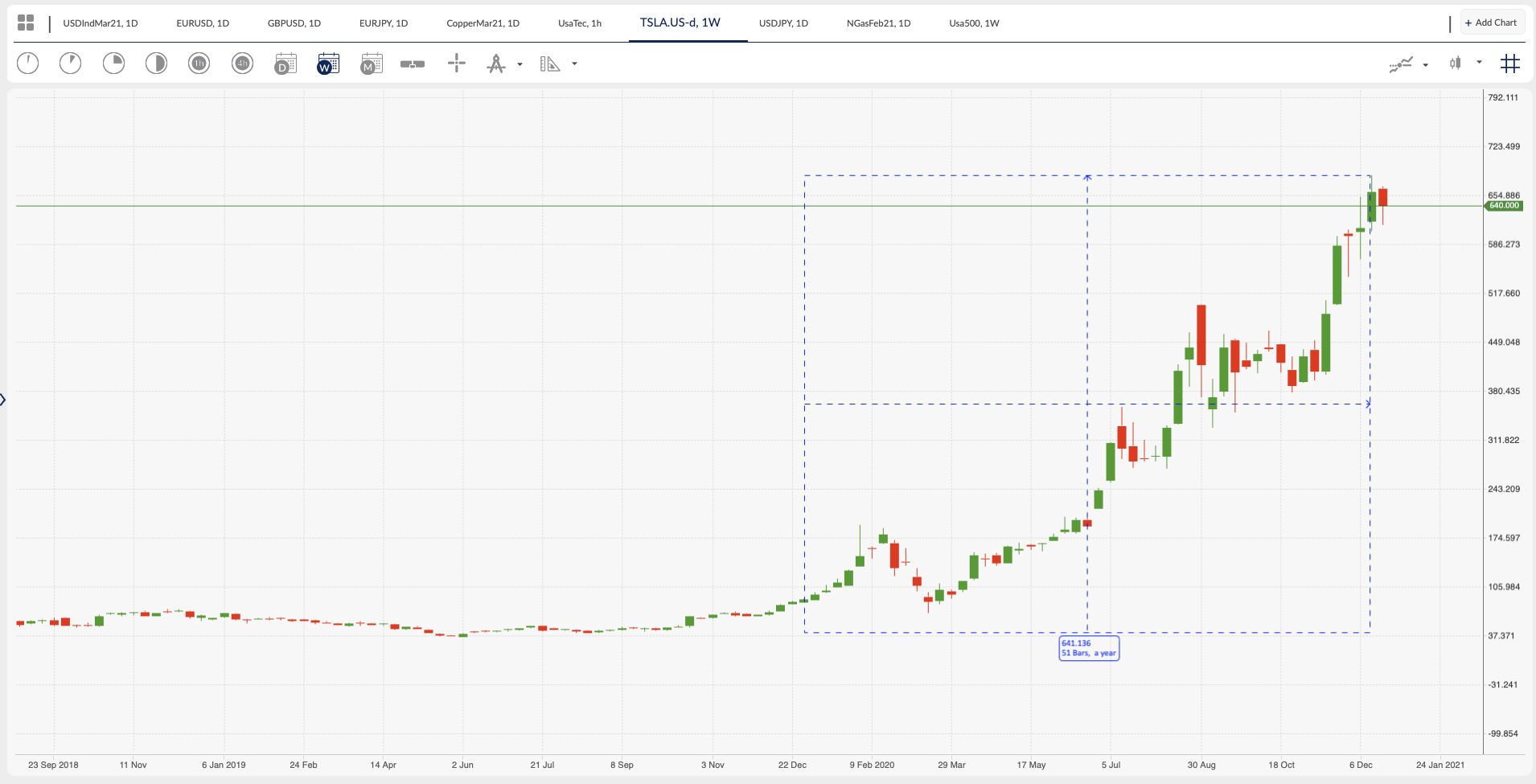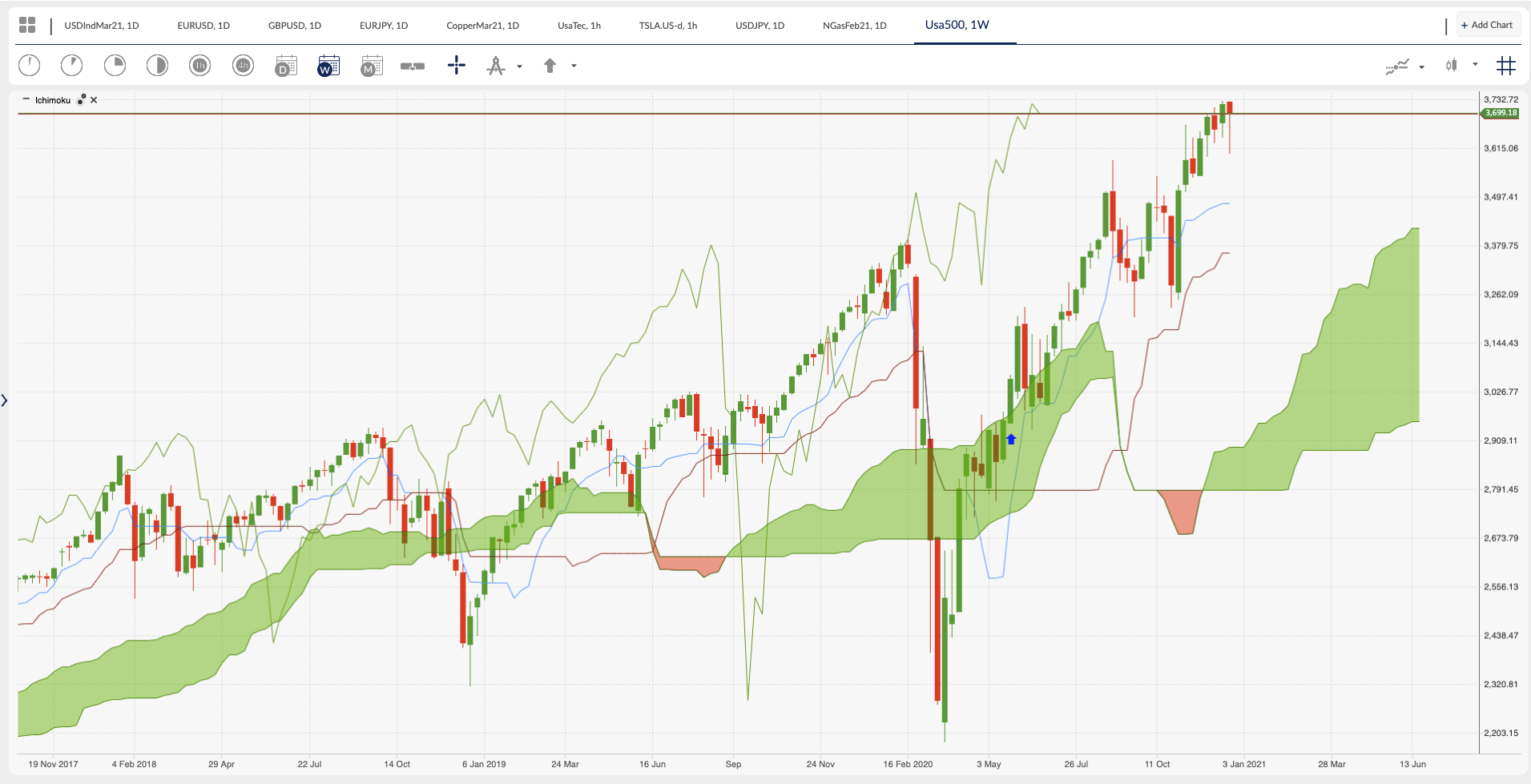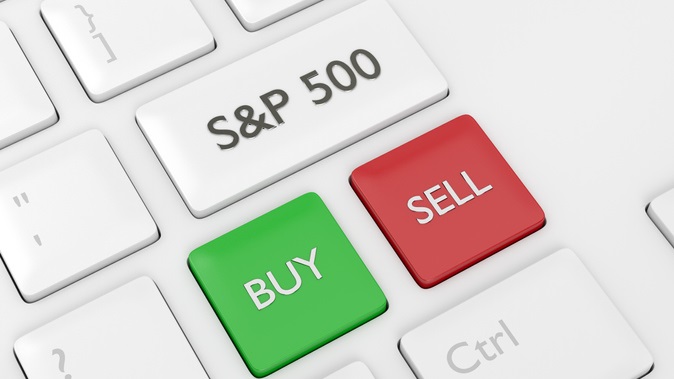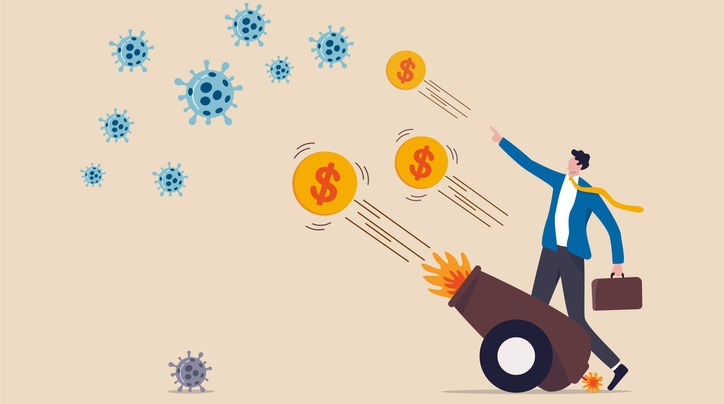The S&P500 has returned 15% in 2020 after printing a 33% drop during the worst of the coronavirus pandemic. Q1 2020 was the fastest bear market in history with volatility reaching hights not seen for 70 years and on par with the Black Monday crash. Optimism running into the end of 2020 on the back of a Q3 record recovery is still high and centred around the prospect of a smooth change over in the US administration of Trump/Pence to Biden/Harris. With that should come more stimulus packages to fight the coronavirus and fiscal support for the wider economy.
The highly anticipated covid-19 vaccines are being rolled out and it was this development plus the Fed backstop that halted the 2020 crash. In reality, the FED did not pump the S&P500 from the March lows to All-Time highs, as that was purely down to the investors that stepped back in, investors just need the confidence to enter and $trillions of stimulus is a shock and awe way to add confidence. The confidence continues to play a massive part in these bull markets and any uncertainty for now is trumped by the perceived economic growth that should rise from current depressed levels.
Analysts predict further gains in the S&P500 for 2021 with 4300 the upper target and a base case scenario of at least 3900 by year end. This will be fuelled by economic growth, a rise in employment and a continued loose monetary policy from the Federal Reserve.
Big sector winners within the S&P500 were Health Care (+12%) and Info Tech (+25%). Companies like T-Mobile US Inc., Activision, Facebook, Adobe, Microsoft have now been joined by the behemoth that is Tesla. At the start of this week (21st December 2020) Tesla started trading within the S&P500 with much anticipation after the TSLA stock had run up 712% year to date.


All of this positivity would have the reader believe that all is well in the USA and rest of the world. However, US GDP growth rate is currently -2.8% year-on-year, even after the massive 33% annualised GDP expansion in Q3 2020. The unemployment rate is still at elevated levels of 6.7% having been as low as 3.6% at the start of the year. Core PCE and CPI indicators are rolling over as inflation fails to materialise and even though all of the PMI’s including manufacturing are above 50 and expansionary, consumer confidence is lower than the start of the year and the trade deficit continues to expand.
Looking at the daily chart of the S&P500 (Usa500) on ActivTrader it is hard to see a buying opportunity for anyone that does not like trading breakouts. At these elevated levels no one wants to be the last trader to buy the end of the bull market run up, so it feels like most traders are waiting for a ‘Buy the dip’ scenario. Which is great if there is a dip but really frustrating for traders if the market grinds higher, leaving lots of money waiting on the side-lines.
Momentum on the Daily chart is rising, the chart goes from the bottom left to the top right in direction, so the 50 and 200 moving averages only confirm the obvious. The 200 daily sma has in the past been a great support level and in the tighter ranges the 50 always provides short term floors to downside moves.


Personally, I would like a move down to test the 3200 double bottom chart patterns, but there is obvious demand around the 3587 (September 2020 high) and 3400 (pre COVID high) levels. With any intraday dips being bought up due to the current market conditions. A trend following system like the Ichimoku will keep followers in moves that could last for several years. The signal to buy using a weekly chart and Ichimoku indicators on the 24th May 2020 could have been a trade of the decade scenario.


So where does the signal come that all of this bullish optimism is going to evaporate, and the next crash is imminent. A lot of economists feel that the March low was the culmination of a liquidity event and an insolvency event but looking around the data, it is easy to imagine that there will be a lot of consumer driven failings as individuals and then companies start defaulting on their debt. Higher levels of unemployment for a protracted period will occur if the national lock downs persist into 2021 and a back-to-back recession is likely in that scenario. If there is an insolvency event, the credit which is already being contracted will cease to flow and the markets will liquidate any risk asset in order to move into safe havens like the US treasuries. Currently the Fed is buying $120bln of assets and removing them from the market, meaning that supply is being contracted. We all know that a tighter supply plus increased demand leads to a rise in price, so the first signal of a crash would be a rise in Bond prices and a fall in the US 10 and 30 yields.
Another signal would be a tightening of fiscal policy. Should the US administration target a reduction in the debt and look to balance the books, the fiscal flows that have gone into large corporations and the S&P500 will be reduced. US government monetary policy changes will be carefully watched by economists, market analysts and traders alike.
A lot rests on the way we are able to tackle the coronavirus pandemic and with new variants emerging as dominant strains it is here that a lot of the economic problems can occur.
For now, we aim to buy the dip.




